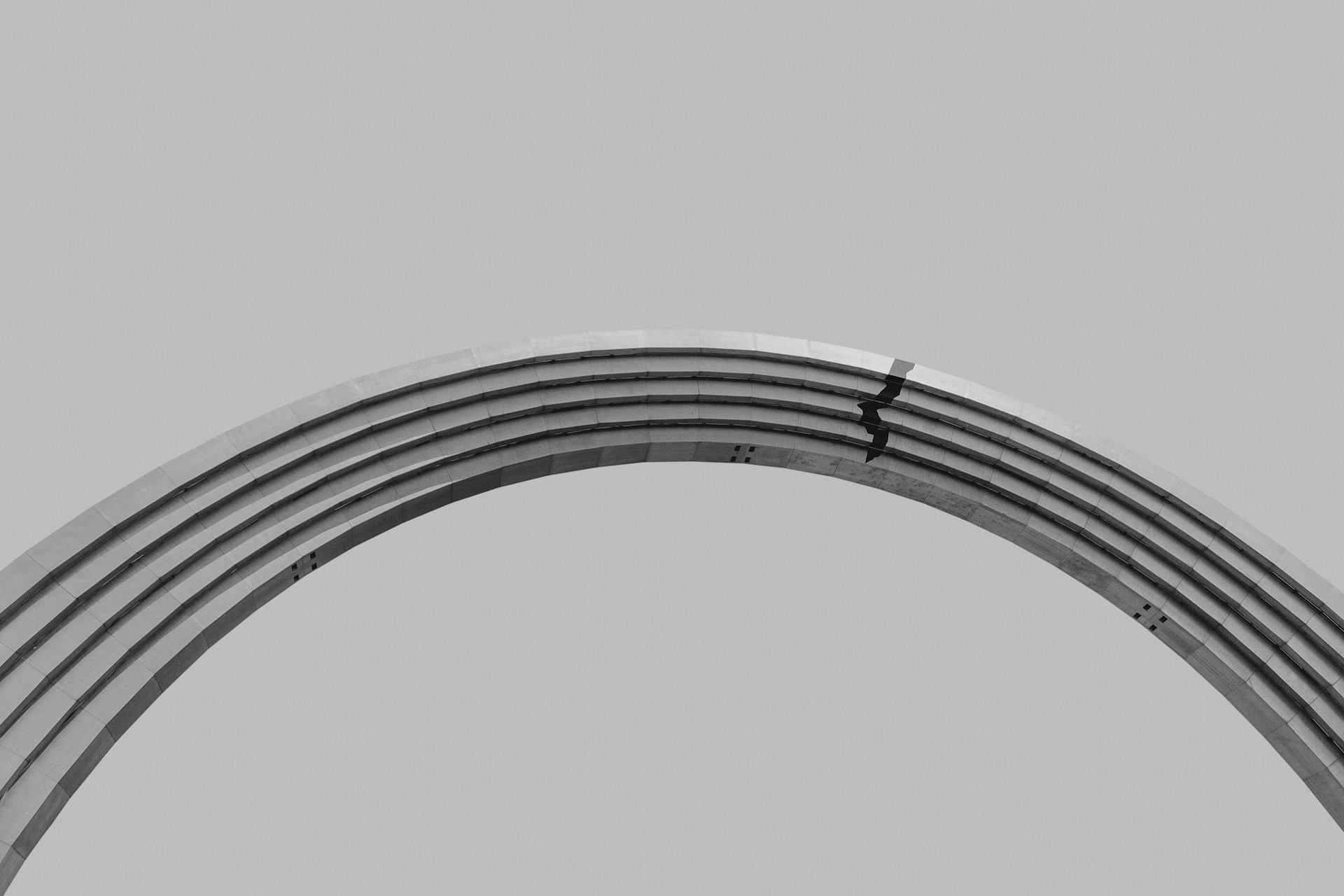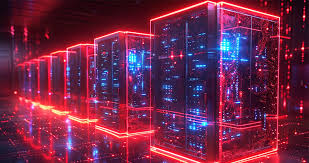In an increasingly connected world, electrical and data systems are no longer confined to clean, temperature-controlled environments. From offshore oil rigs to desert solar farms, from underground tunnels to bustling factory floors, cables and connections are constantly exposed to conditions that challenge their durability and performance. Dust, water, vibration, and extreme temperatures can quickly compromise a system if the right protections are not in place. This is why safeguarding connections in harsh environments is essential—not only for performance but also for safety and reliability.
The Challenge of Harsh Environments
Modern industries operate in some of the most demanding conditions imaginable. Consider a wind turbine standing tall on a coastal cliff, subjected to heavy winds, salty air, and fluctuating temperatures. Or think about a factory where machines run nonstop, producing vibrations, dust, and chemical exposure. In these scenarios, even the strongest cable can fail if its connection points are left vulnerable.
Cables are often the lifelines of these systems, carrying power, signals, and data. When connections are exposed, they become weak points where moisture, dirt, or mechanical stress can enter and cause malfunctions. Failures at these points can lead to costly downtime, safety hazards, or even complete system breakdowns.
Why Connections Need Extra Protection
Connections are where two or more components meet, and naturally, they are more vulnerable than the continuous length of a cable. Over time, factors like:
- Moisture ingress (from rain, humidity, or condensation)
- Dust and particles (in mining, construction, or manufacturing settings)
- Chemical exposure (from oils, solvents, or corrosive materials)
- Mechanical stress (vibration, pulling, or bending forces)
can weaken or damage connections. Protecting them with specialized solutions ensures uninterrupted performance and extends the life of the overall system.
The Role of Cable Glands
One of the most effective tools for protecting cable connections is the cable gland. This small but essential component secures and seals the end of a cable where it enters an enclosure, piece of equipment, or junction box. While they may appear simple, cable glands play multiple critical roles:
- Sealing against dust and moisture: Prevents contaminants from entering equipment housings.
- Strain relief: Reduces mechanical stress on the cable, preventing loosening or breakage.
- Maintaining safety: Ensures cables remain properly grounded, minimizing fire or shock risks.
- Durability: Extends the overall lifespan of both the cable and the connected equipment.
Available in materials such as brass, stainless steel, nylon, and other polymers, cable glands can be chosen to suit specific environments—whether it’s a corrosive chemical plant or a high-temperature engine room.
Tailoring Protection to the Environment
The “harshness” of an environment varies greatly depending on the application. Therefore, the choice of protective measures, including cable glands, must be tailored accordingly.
- Marine and offshore environments: Saltwater corrosion is a major concern, so stainless steel or brass glands with IP68 ratings are preferred.
- Industrial factories: Nylon or metallic glands with strong strain relief features help withstand vibrations and mechanical stress.
- Outdoor installations: Weatherproof cable glands with UV-resistant properties prevent degradation from sun exposure.
- Hazardous areas: In industries like oil and gas, explosion-proof or flameproof glands are required to comply with strict safety regulations.
By selecting the right cable gland for the environment, engineers can significantly reduce the risks of connection failure.
Additional Protective Solutions
While cable glands are at the forefront of connection protection, they often work in combination with other measures:
- Heat shrink tubing: Adds a second layer of sealing and insulation.
- Conduit systems: Provide mechanical protection for cables over longer runs.
- Gaskets and seals: Ensure enclosures remain water- and dust-tight.
- Protective coatings: Add resistance against chemicals or high heat.
Together, these solutions form a comprehensive defense system that keeps connections secure, even in the toughest conditions.
Balancing Performance and Safety
It’s not just about keeping systems running—protecting connections in harsh environments also enhances safety. Electrical faults caused by damaged connections can lead to short circuits, fires, or hazardous leaks in sensitive equipment. For industries like healthcare, energy, and transportation, these risks are simply unacceptable.
Additionally, ensuring reliable connections reduces downtime and maintenance costs. Replacing or repairing cables in remote or high-risk locations is both expensive and time-consuming. By investing in robust protective measures upfront, companies save significantly over the long term.
Looking Ahead: Smarter Protection
As technology evolves, so does the protection for cable connections. Today’s cable glands are being designed with greater versatility, offering easier installation, improved sealing, and compatibility with a wide range of cable types. Future innovations may include smart glands with sensors that monitor for moisture ingress, vibration, or wear—alerting operators before a failure occurs.
With the rise of renewable energy, smart cities, and automated industries, demand for reliable connectivity in harsh conditions will only increase. Protection methods will continue to evolve to meet these growing challenges.
Conclusion
Protecting cable connections in harsh environments is critical to ensuring reliability, safety, and long-term performance. While cables themselves are built to withstand a great deal, their connection points need additional safeguards to resist dust, moisture, chemicals, and mechanical stress. The humble cable gland plays an outsized role in this effort, providing sealing, strain relief, and durability across countless applications.
As industries expand into harsher and more demanding environments, the importance of protecting these vital connections cannot be overstated. With the right protective solutions in place, systems can continue to perform at their best—no matter how tough the conditions.







